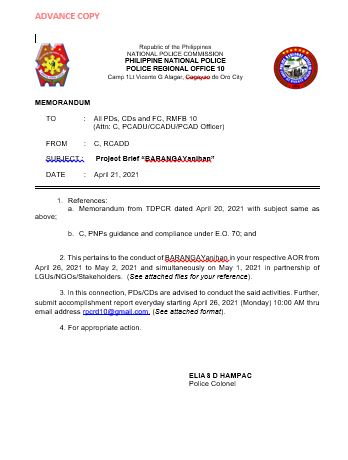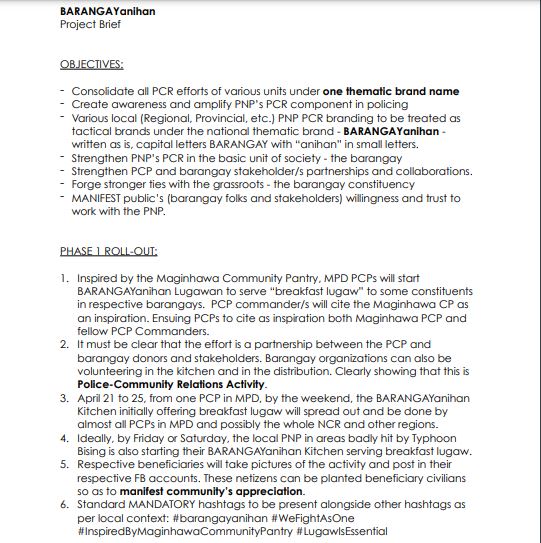AlterMidya
Longtime peasant leader Joseph Canlas, who had been detained over trumped-up charges, has passed away today, May 11, after he was rushed to a hospital three days ago, according to peasant group Kilusang Magbubukid ng Pilipinas.
“We condemn in strongest terms the jail authorities’ neglect and the Duterte government’s unjust incarceration of Ka Joseph which led to his untimely death this morning,” Amihan National Federation of Peasant Women national chairperson Zenaida Soriano said. “We express our deepest condolences to his family.”
Canlas, chairperson of Alyansa ng Magbubukid sa Gitnang Luzon, was arrested March 30 by the Criminal Investigation and Detection Group (CIDG) of the Philippine National Police in Mexico, Pampanga. He was charged with illegal possession of firearms and explosives — a criminal case that human rights groups called the “standard” charges fabricated against activists under the Duterte administration.
The peasant leader was rushed to an Angeles City hospital due to low oxygen level and possible stroke. The following morning, he was transferred to an intensive care unit due to acute respiratory failure and COVID-19.
On May 10, Canlas had lapsed into a coma despite being intubated and connected to a mechanical ventilator.
Human rights groups earlier decried “unjust treatment” of Canlas under custody of the Bureau of Jail Management and Penology. They said the land reform advocate was subjected to severe conditions that made him vulnerable to ailments like COVID-19. Hospital records showed his cause of death as pneumonia.
Peasant group Kilusang Magbubukid ng Pilipinas (KMP), where Canlas served as vice-chairperson, noted that he was in stable condition prior to detention. His health would soon deteriorate under jail custody as proven by his complaints of difficulty in breathing and stuttering speech.
“If jail authorities thoroughly checked Canlas’s health condition, they would have known that he has hypertension and diabetes which makes him more vulnerable to COVID infection,” KMP said.
“If he received proper medical attention while in detention, then the risks could have been lessened,” the group added.
A day after his arrest, Canlas was transferred and put under quarantine at the CIDG Region 3. He was not allowed to receive visitors, including family members and counsel.
According to KMP, Canlas was transferred after two weeks to the BJMP Detention Center in Angeles City after an X-ray examination. Since the BJMP’s facility was full, he was listed to be placed under quarantine.
The peasant advocate was put in BJMP’s quarantine facility along with 100 or more detainees as of April 22. He was transferred to a regular jail after two more weeks.
Who is Joseph Canlas?
Canlas was known in Central Luzon for his decades-long struggle against land grabbing and displacement of farmers in Hacienda Luisita, Hacienda Dolores, Pantabangan Dam, Fort Magsaysay Military Reservation in Nueva Ecija, Camp Gregg in Pangasinan, New Clark City, and expressways CLEX, TPLEX and SCTEX among others.
He finished BS Forestry at Pampanga Agricultural College and became an employee at the Department of Environment and Natural Resources. He soon became exposed to corruption in the government agency, especially in the implementation of environmental projects.
Canlas eventually resigned from government work and formed the group Anak Gubat to continue his advocacy of protecting the environment. He became a member of the peasant group Aguman dareng Maglalautang Capampangan (AMC) in 1997. During this time, he was also elected as an officer of Bagong Alyansang Makabayan in Pampanga.
In 2003, he became the chairperson of the AMGL and led a membership reaching up to 10,000 farmer-members. According to a Bayan-Gitnang Luson, Canlas led successful people’s campaigns in Central Luzon such as the agricultural workers’ strike in Hacienda Luisita, and against infrastructure projects like the New Clark City, Balog-Balog Dam, Aboitiz Geothermal Powerplant, massive land use conversion and the displacement of farmers and Aetas.
In the middle of the pandemic while he was being constantly red-tagged and harassed by state security forces, Canlas was still at the forefront of relief efforts and calls for sufficient health services and economic assistance to peasants and Aetas in Central Luzon.
His organizations KMP, AMGL, Bayan, as well as other progressive groups have denounced the injustice against the peasant leader. In a statement, the KMP said “we could only blame the Duterte administration for his untimely death. His unjust detention led to the swift deterioration of his health condition.”
“We point our fingers to the National Task Force to End the Local Communist Armed Conflict (NTF-ELCAC) that subjected Canlas to constant red-tagging, Angeles City RTC Executive Judge Ma. Angelica T. Paras-Quiambao who issued the search warrant against Canlas, the PNP-CIDG that executed the defective warrant and carried out the illegal arrest last March 30, and the BJMP for consciously neglecting Canlas’ health condition,” the peasant group said.
According to KMP, peasant organizations and land reform advocates will hold a series of protests, starting with an indignation rally at the Commission of Human Rights complex in Quezon City this afternoon, May 11.
With reports from Ratziel San Juan and Pokus Gitnang Luson




